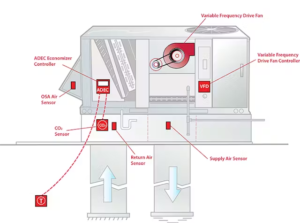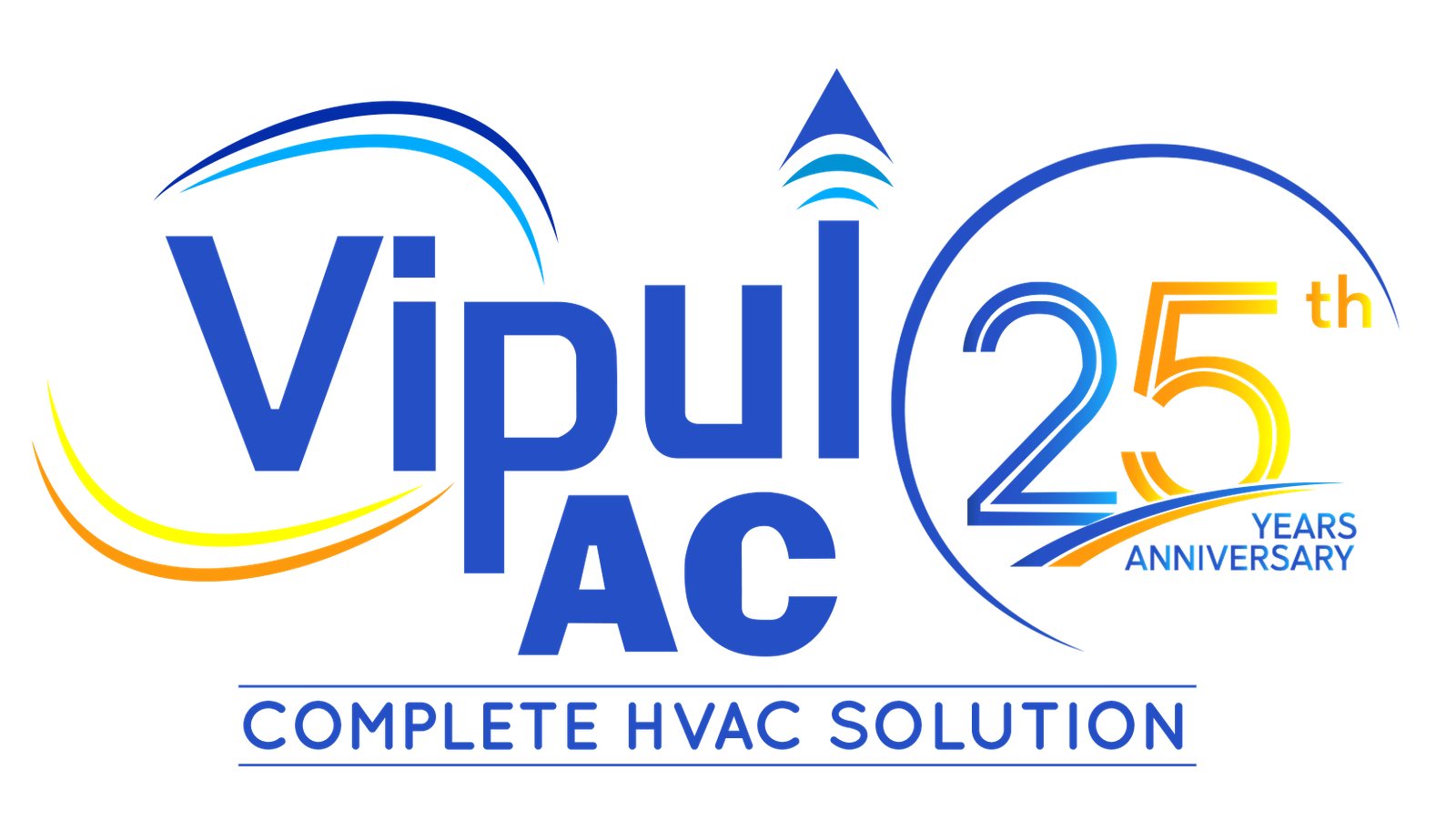In HVAC systems, VFD stands for Variable Frequency Drive. It’s a power control device that regulates the speed of AC motors used in various HVAC equipment. Unlike traditional on/off controls, VFDs offer several advantages:
- Improved Efficiency: By precisely adjusting the motor speed to match the cooling or heating demand, VFDs can significantly reduce energy consumption compared to constant-speed operation. This translates to lower energy bills for your building.
- Enhanced Comfort: VFDs enable smoother and more precise control of airflow and temperature, leading to a more comfortable environment by minimizing temperature fluctuations.
- Reduced Wear and Tear: Constant starting and stopping of motors can cause wear and tear. VFDs minimize this stress by allowing for a smooth ramp-up and ramp-down of motor speed, extending the lifespan of HVAC equipment.
- Quieter Operation: Lower motor speeds often translate to quieter operation of fans and pumps in your HVAC system.
Here’s how VFDs work in HVAC systems:
- Signal from Control System: The HVAC control system (thermostat, sensor) sends a signal indicating the required cooling or heating demand.
- VFD Adjusts Frequency: The VFD receives this signal and adjusts the frequency of the electrical power supplied to the motor.
- Motor Speed Control: By varying the frequency, the VFD controls the speed of the motor driving fans, pumps, or compressors in the HVAC system. For instance, during mild weather, the VFD might slow down the fan motor, reducing airflow and energy use.

Applications of VFDs in HVAC:
- Variable Air Volume (VAV) Systems: VFDs are crucial components in VAV systems, allowing for adjustments in airflow to different zones within a building.
- Pumps: VFDs can control the speed of pumps used for chilled water circulation or condenser water loops, optimizing water flow based on demand.
- Cooling Towers: VFDs can regulate the speed of fans in cooling towers, reducing energy consumption when cooling demands are lower.
VFDs are not without limitations:
- Cost: VFDs typically have a higher initial cost compared to traditional on/off controls.
- Complexity: They introduce additional complexity to the system and might require specialized knowledge for installation and maintenance.
Overall, VFDs offer a compelling solution for improving the efficiency, comfort, and lifespan of HVAC systems. If you’re considering upgrading your HVAC system, exploring VFD technology can be a worthwhile investment.
